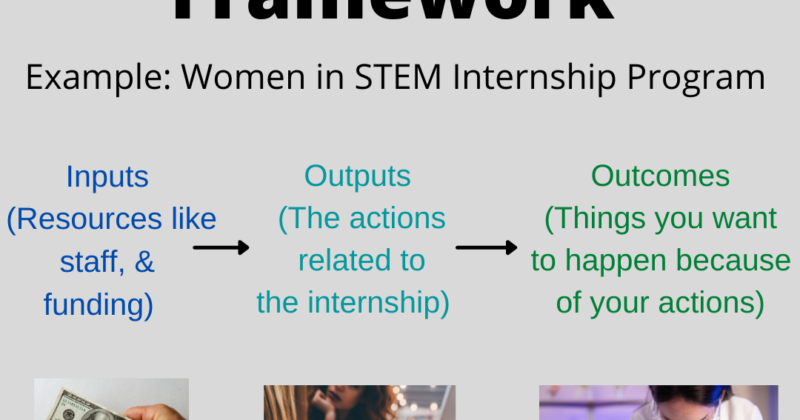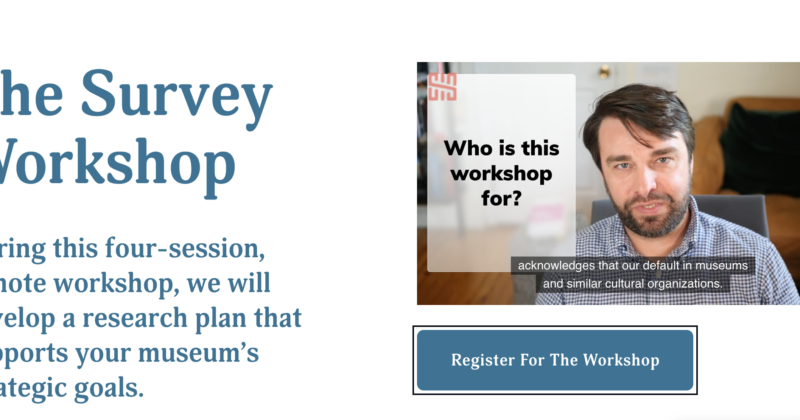Developing Indicators of Success
Success indicators (see my previous post) are crucial to monitoring and measuring the success of a program or service. In this post, I will explain how to develop indicators of success and help you to identify when to use them.
Step 1: Identify Your Team
The research staff should develop indicators of success during the planning phase of your program design process in close collaboration with the program staff. If you don’t have a research team, designate who will be responsible for the oversight of the research. If any government or NGO counterparts are designing the program and have explicit knowledge of the program goals and objectives, you will want to include them.
Step 2: Identify What to Measure
Next, determine which inputs, outputs, or outcomes (see my post: What is a Logic Model?) of the program are most important to track. A program will likely use many indicators to assess the change that results from the intervention. These can be pulled from the...



